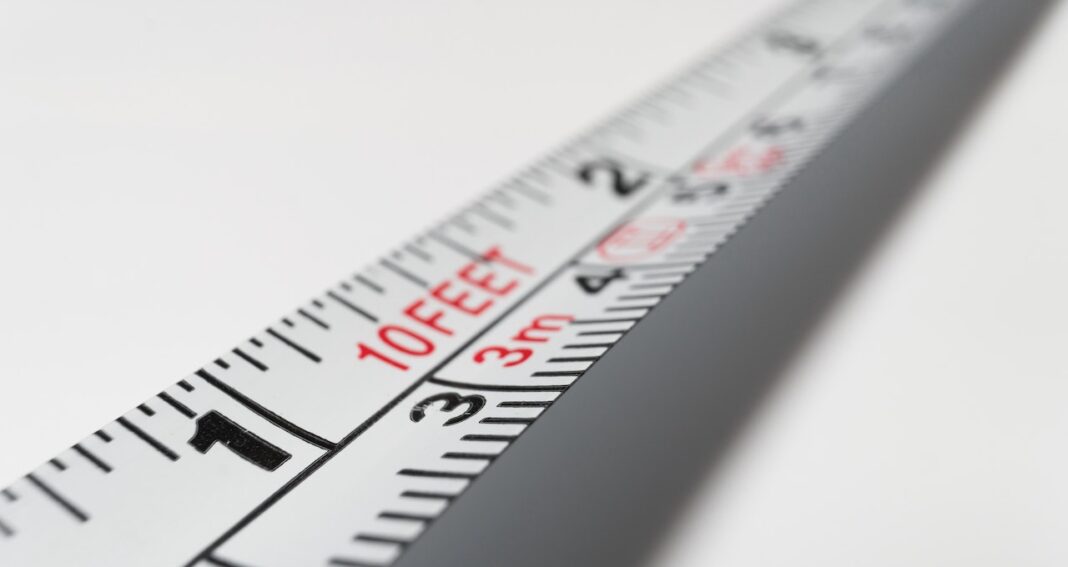If you are working, you are experiencing occupational stress. There are demands and events at work that can be difficult to cope with no matter what job you have. The nature of what is stressful varies with the nature of the job–what an accountant deals with is different from a police officer. Nevertheless, the impact of stress can be the same if it is due to work overload during tax time for an accountant, or being threatened by a perpetrator for an officer. An important issue for both practitioners who must manage stress and researchers who study it is how to measure occupational stress.
What Do We Mean by Occupational Stress?
The term occupational stress is used in different ways that can create confusion when it comes to measuring it. A good approach is to distinguish environmental conditions/events called stressors from a person’s responses called strains. Each is an important component of the stress process. We can measure stressors in the work environment to provide a picture of what employees are dealing with. This is an important when it comes to the management of stress, as organizations can often redesign the workplace to reduce unnecessary stressors. We can also measure employees’ strain reactions so we know where pain points might be from their perspective. Is there excessive strain such as burnout suggesting problems with the work environment?
How to Measure Occupational Stress
Most frequently, stressors and strains are measured with an employee survey. Academic researchers typically choose established scales to assess specific stressors and strains. There are many such scales available, and I have listed quite a few free-use options in my assessment archive. Practitioners who are likely to be concerned with survey length often include individual items to assess those same things. Stress items might be included in an annual engagement survey, for example. Responses to those items year-to-year can be used as benchmarks to track whether things are improving or going the other way.
The advantage to using a survey is that it is relatively easy and quick. It provides a snapshot of the employee perspective on what they deal with at work. A disadvantage is that it measures subjective experience and not the objective work environment and that perspective can be biased. A disgruntled employee might rate all stressors as high, not because they are, but because that employee is expressing an overall negative viewpoint. Furthermore, it is not clear from a survey which stressors, if any, might be driving employee strain. For example, suppose employees indicate high levels of burnout and workload. You cannot tell if they feel burned out from excessive workload or they perceive the workload as excessive because they are burned out. Nevertheless, a survey can indicate that both are high, and gives management a place to start when designing strategies to manage stress.
There are additional approaches that can be used to measure stressors and strains.
- More than one perspective. Most surveys are limited to the employees, which makes sense for strains as only they know how they feel. But for stressors, sometimes we seek other inputs. We can ask each employee’s supervisor to rate stressors for that employee. We can also ask coworkers to provide ratings as well. This allows us to go beyond each employee’s perspective and hopefully find consensus about stressors.
- Objective measures of stressors. Depending on the stressor, there might be ways to more objectively measure it. For example, with hospital nurses workload can be indicated by the number of patients each nurse must handle. Such measures are helpful because they deal with things that can be directly managed, such as adding nurses to a unit if workloads are too high. Employee subjective views of workload can be more difficult to change, and sometimes reducing a stressor such as workload does not change ratings of that stressor.
- Data on strains from records. Organizations keep records of many adverse employee events that reflect strains. Attendance (absence and lateness) reflects a behavioral strain as employees might be avoiding work. Health records can be used to track stress-related physical symptoms. Turnover rate can be used to indicate that some jobs might be so stressful that people do not last long and quit.
The most effective organizations take care of their people so they can do their best at work. Managing stress is vital to assuring that employees remain physically and psychologically health. It is important that we know how to measure occupational stress in order to best determine how to manage it.
Photo by Pixabay at Pexels
SUBSCRIBE TO PAUL’S BLOG: Enter your e-mail and click SUBSCRIBE

Nice article. You’re right that the sensible thing to do to avoid confusion is to conceptualize the stressors and strains as separate entities and try to figure out if the stressors in question contribute to the development of strains. That is consistent with what Stan Kasl used to say. By the way, I liked the photograph on top too, evidence of a mordant sense of humor.
Thanks Irvin:
Sometimes finding the photo is the hardest part. I understand why there are professional photo researchers who know how to pick good ones.